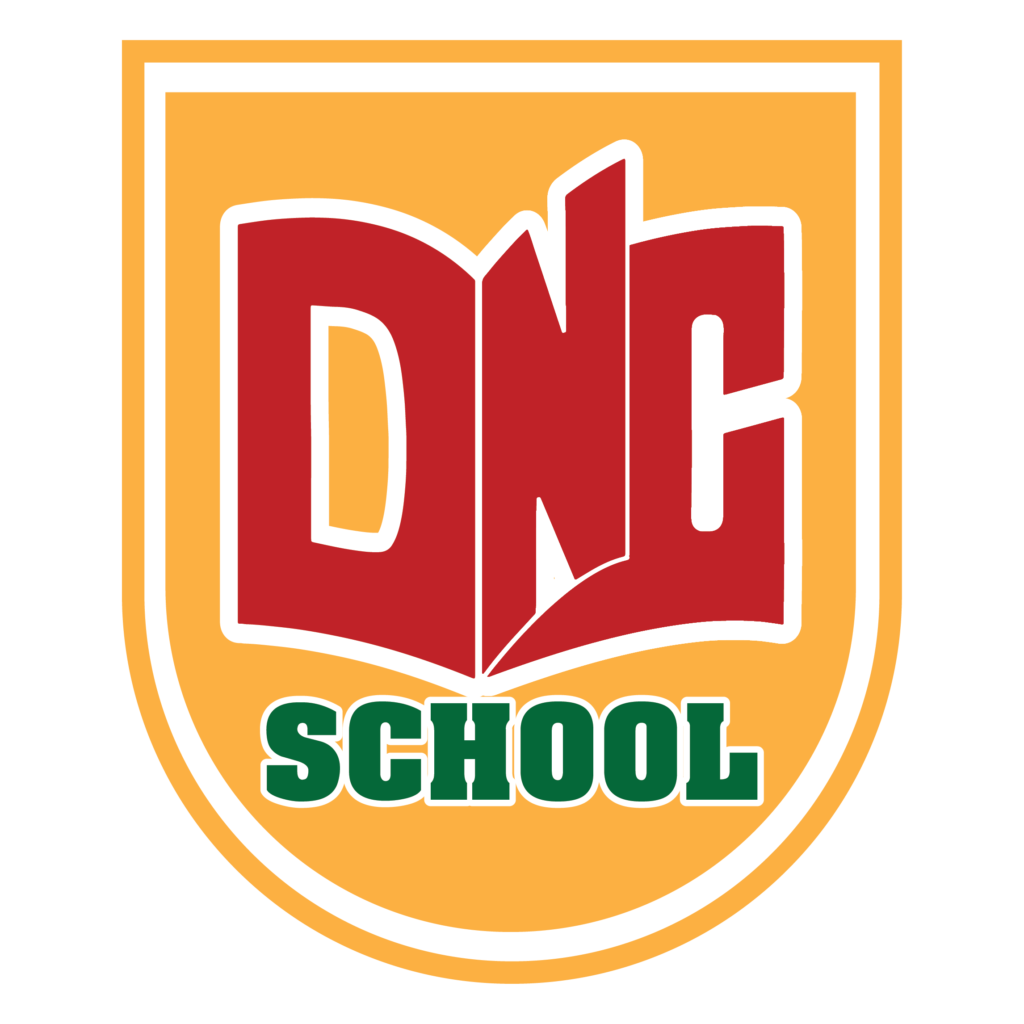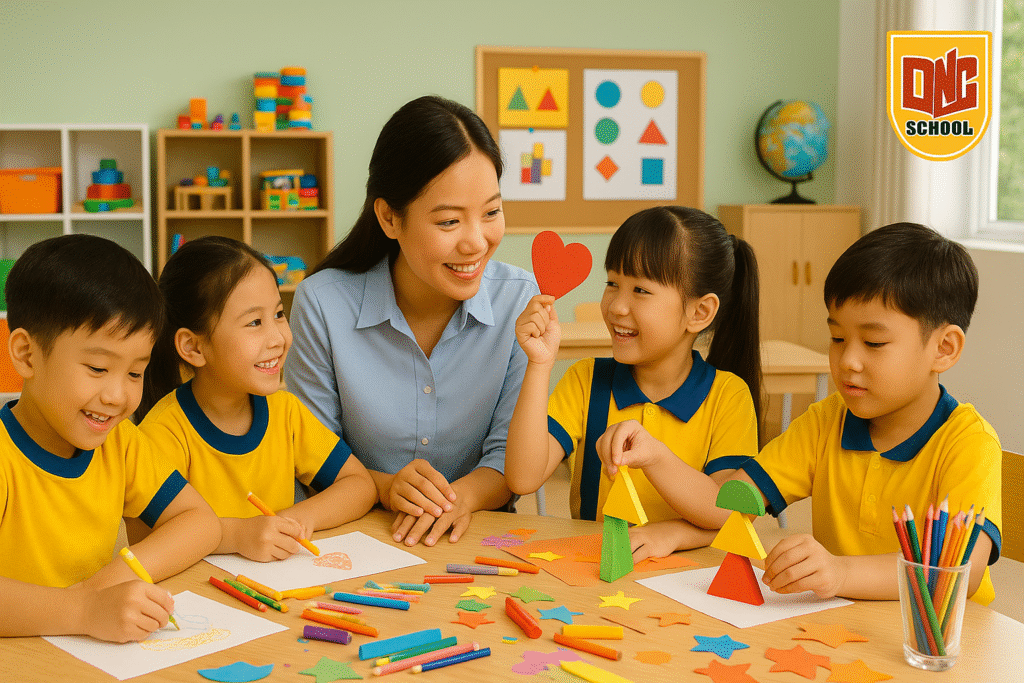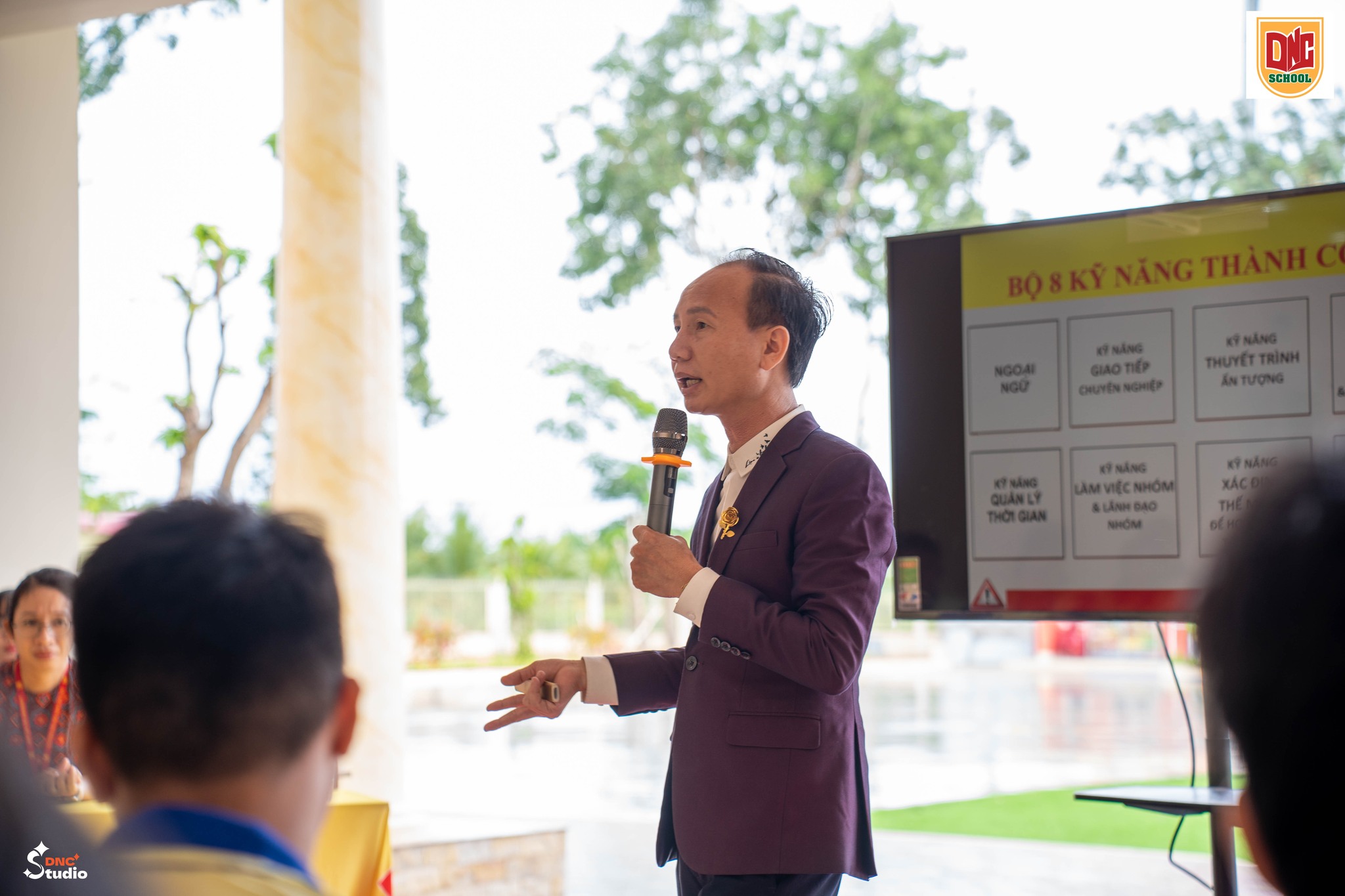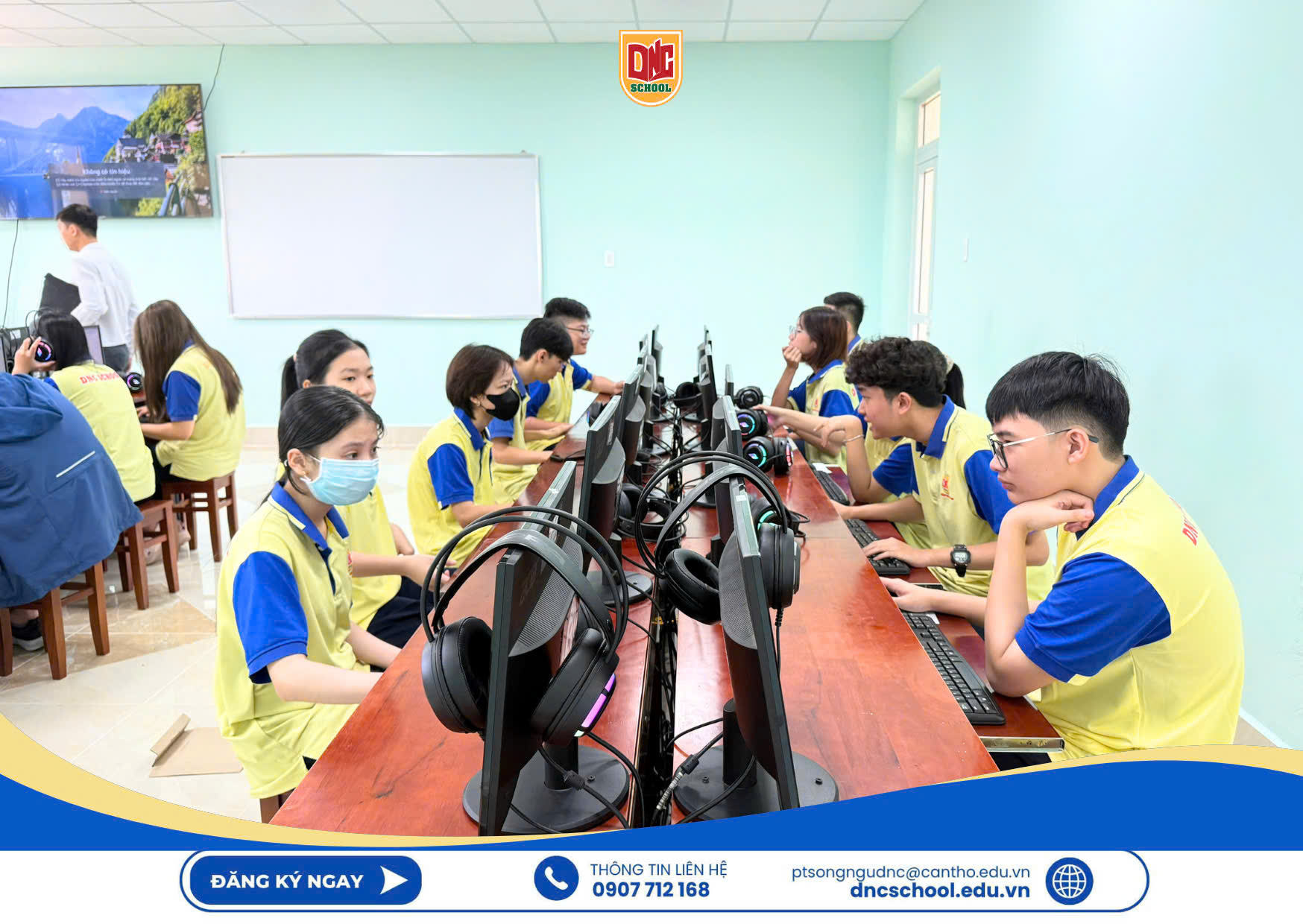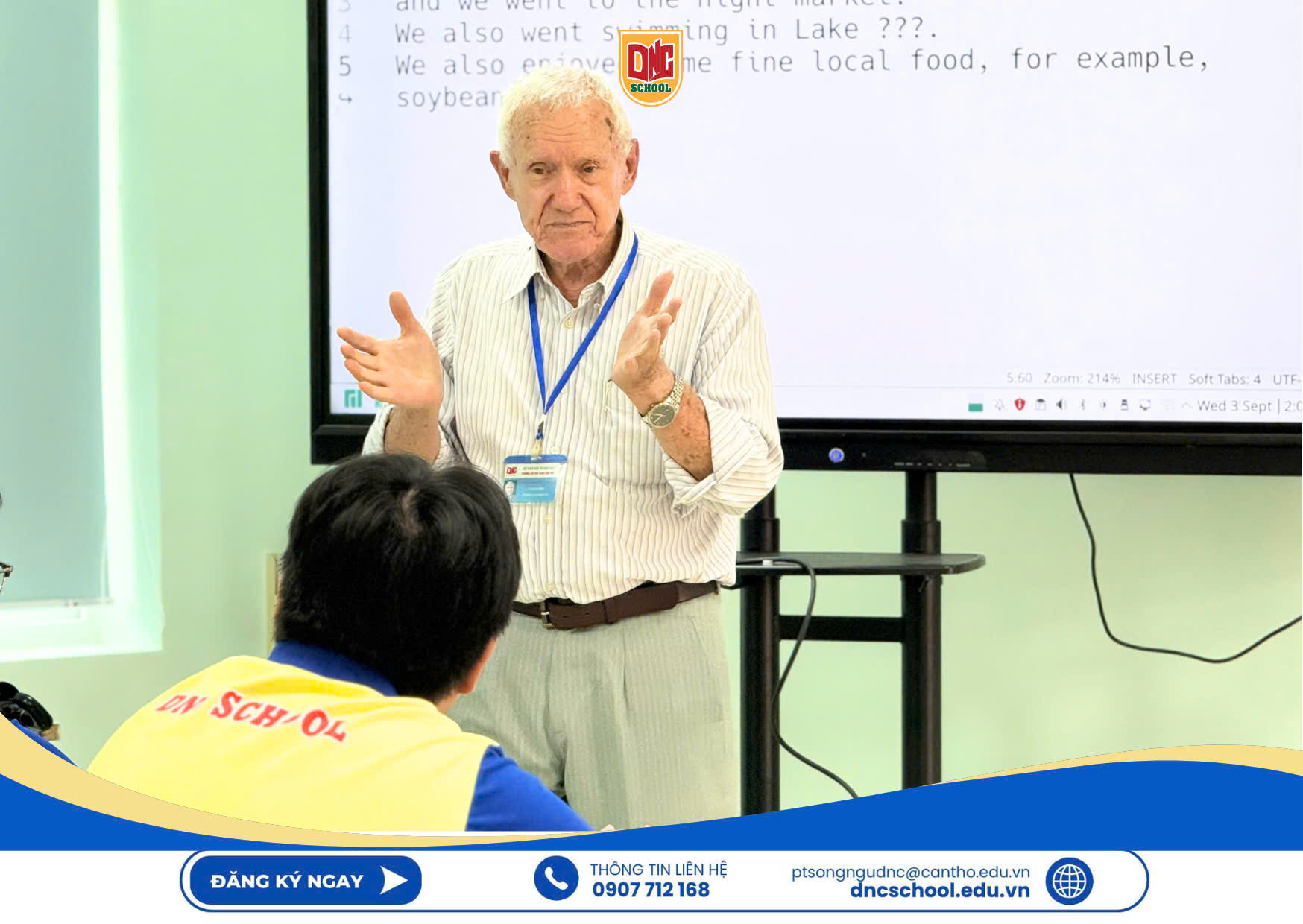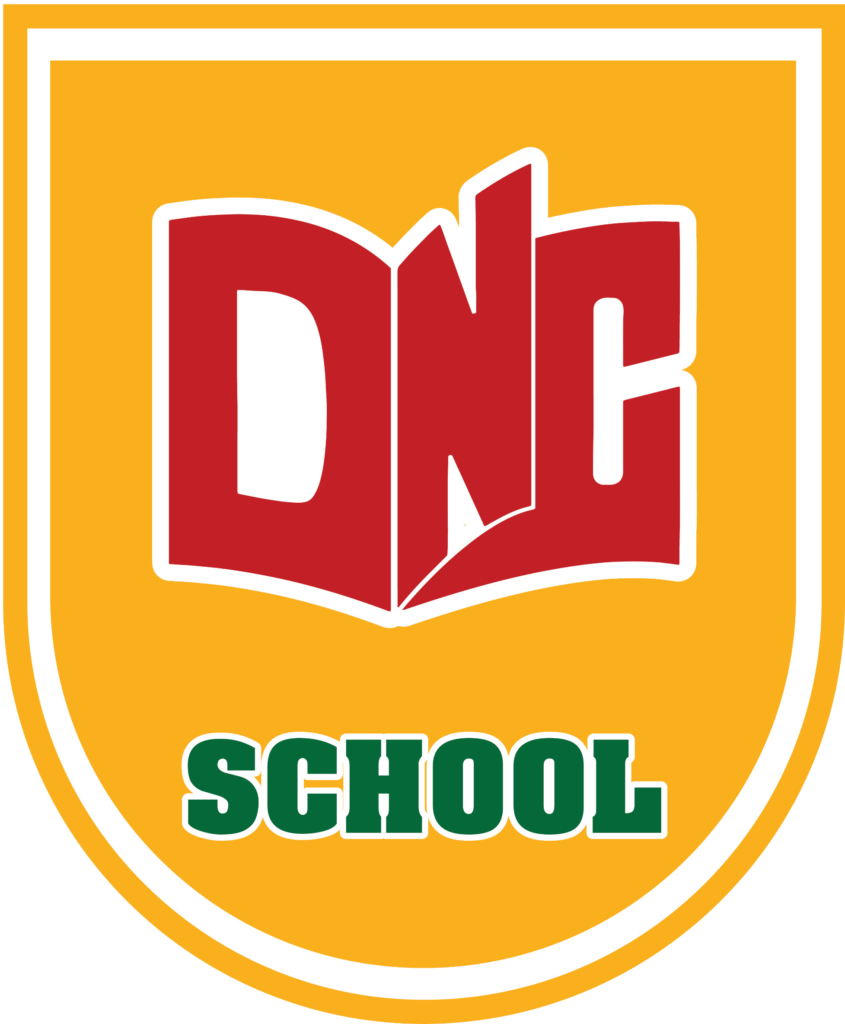🎯 GENERAL STRUCTURE (Applicable to Each Grade)
- Duration: 70 periods per school year (2 periods/week × 35 weeks)
- Number of Core Themes: 5 themes → 14 periods per theme (~7 weeks)
- Teaching Methods: Games – Role-play – Storytelling – Creative tasks – Group projects – Drawing – Real-life scenario modeling
📘 GRADE 1 – Mastering Early Emotions
Who am I? – Self-awareness and recognizing emotions (14 periods)
Making Friends – Communication, sharing, taking turns (14 periods)
Polite Behavior – Kind words and good actions (14 periods)
Staying Safe – Saying “no” and responding to danger (14 periods)
Gratitude and Love – Towards family, friends, and teachers (14 periods)
📘 GRADE 2 – Learning Cooperation and Independence
Listening Skills – Saying “no” politely (14 periods)
Self-reliance in Learning and Daily Activities (14 periods)
Handling Simple Conflicts with Friends (14 periods)
Managing Anger and Frustration (14 periods)
Apologizing and Forgiving (14 periods)
📘 GRADE 3 – Enhancing Self-awareness and Decision Making
Confidence and Individual Differences (14 periods)
Basic Decision-Making Skills (14 periods)
Problem Solving and Positive Thinking (14 periods)
Time Management and Good Habits (14 periods)
Honesty and Responsibility (14 periods)
📘 GRADE 4 – Self-Mastery and Respect for Others
Dealing with Criticism and Jealousy (14 periods)
Self-regulation and Goal Setting (14 periods)
Empathy and Understanding Others’ Emotions (14 periods)
Non-verbal Communication and Emotion Recognition (14 periods)
Values of Kindness and Perseverance (14 periods)
📘 GRADE 5 – EQ in Learning and Self-Direction
Positive Thinking and Self-Talk (14 periods)
Self-leadership Skills (14 periods)
Teamwork Skills – Role Distribution (14 periods)
Conflict Resolution Strategies (14 periods)
Dreaming and Short-term Planning (14 periods)
🎓 TEACHING APPROACH
The program is designed with a focus on experiential learning, interaction, emotional-behavioral integration, and student-centered pedagogy, aligned with the psychological development of primary school students.
✅ Core Teaching Methods:
Game-based Learning
- Stimulates emotions – quick scenario responses – EQ reflex training
- Examples: “Fishing for Emotions”, “Passing the Compliment Ball”, “The Magic Box”
Role-play
- Students act out scenarios (resolving conflicts, resisting peer pressure, etc.)
- Develops empathy, observational skills, and appropriate responses
Positive Storytelling
- Uses short stories, films, and illustrated comics as lesson openers
- Helps students analyze emotions, behaviors, and moral values
Cooperative Learning and Presentations
- Students practice presentation, collaboration, and peer feedback skills
Art-based Expression
- Students express feelings and inner messages through drawing or creative products
Mini Projects (Individual or Group)
- Examples: “Pocket Money Saving Plan”, “My EQ Handbook”, “Designing Friendly Class Rules”
📚 TEACHING & LEARNING MATERIALS
📘 DNC School Internal Resources:
- Slide decks for life skills lessons (Grades 1–5), designed by theme
- Student activity worksheets for each lesson
- Emotional comic story collection
- Simple EQ assessments (3-option multiple choice format)
- Emotion scenario animation videos (non-verbal, animated)
📗 External Reference Materials:
- “Life Skills for Primary Students” – Education Publishing House
- “Teaching Children EQ – Emotional Intelligence in the Classroom” – Women Publishing House
- “Social & Emotional Learning Lessons” – CASEL Toolkit (USA)
- “Zones of Regulation” – Leah M. Kuypers
- “EQ for Kids” comic series – Kim Đồng Publishing House
- UNICEF & Save The Children emotional awareness and child protection videos
